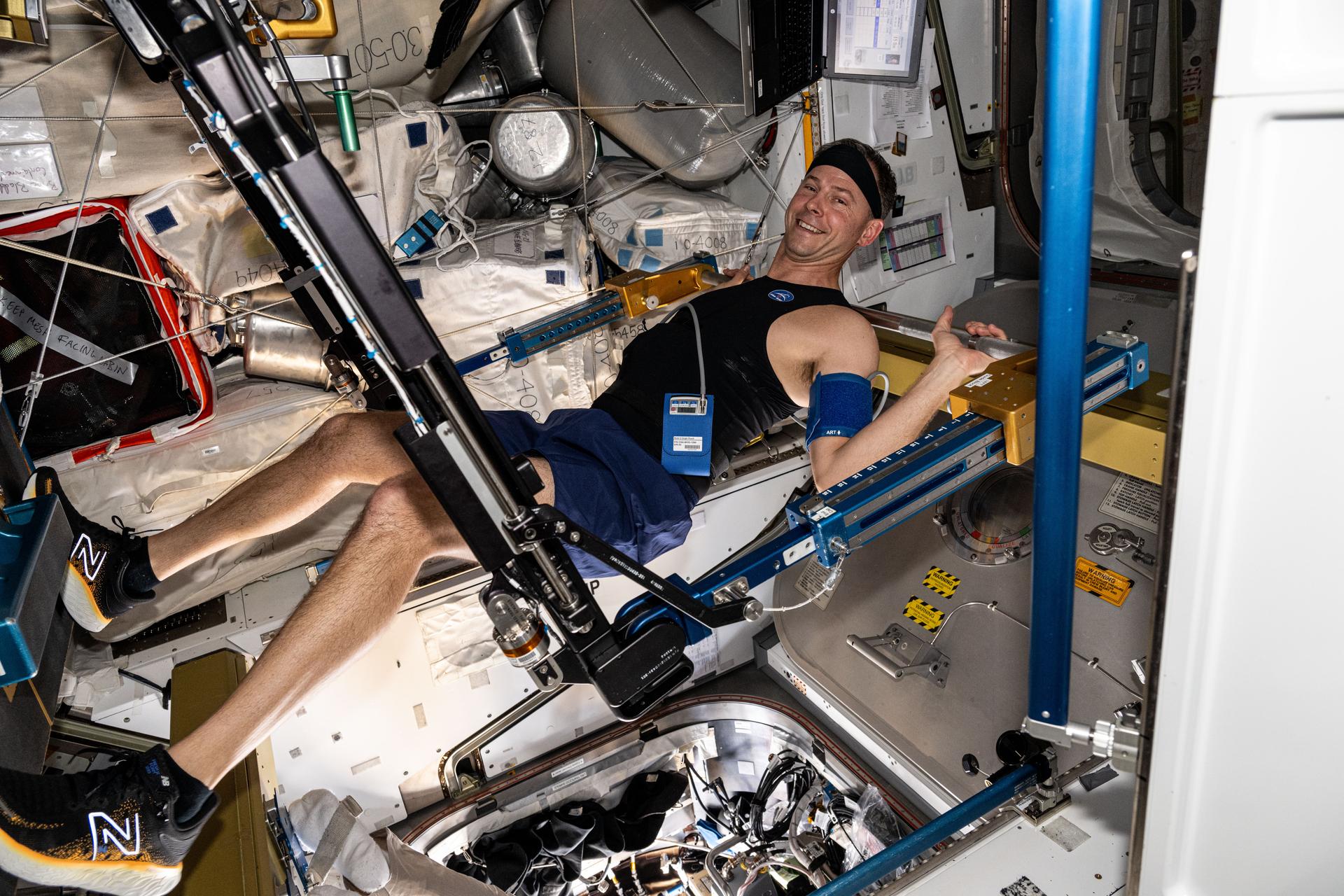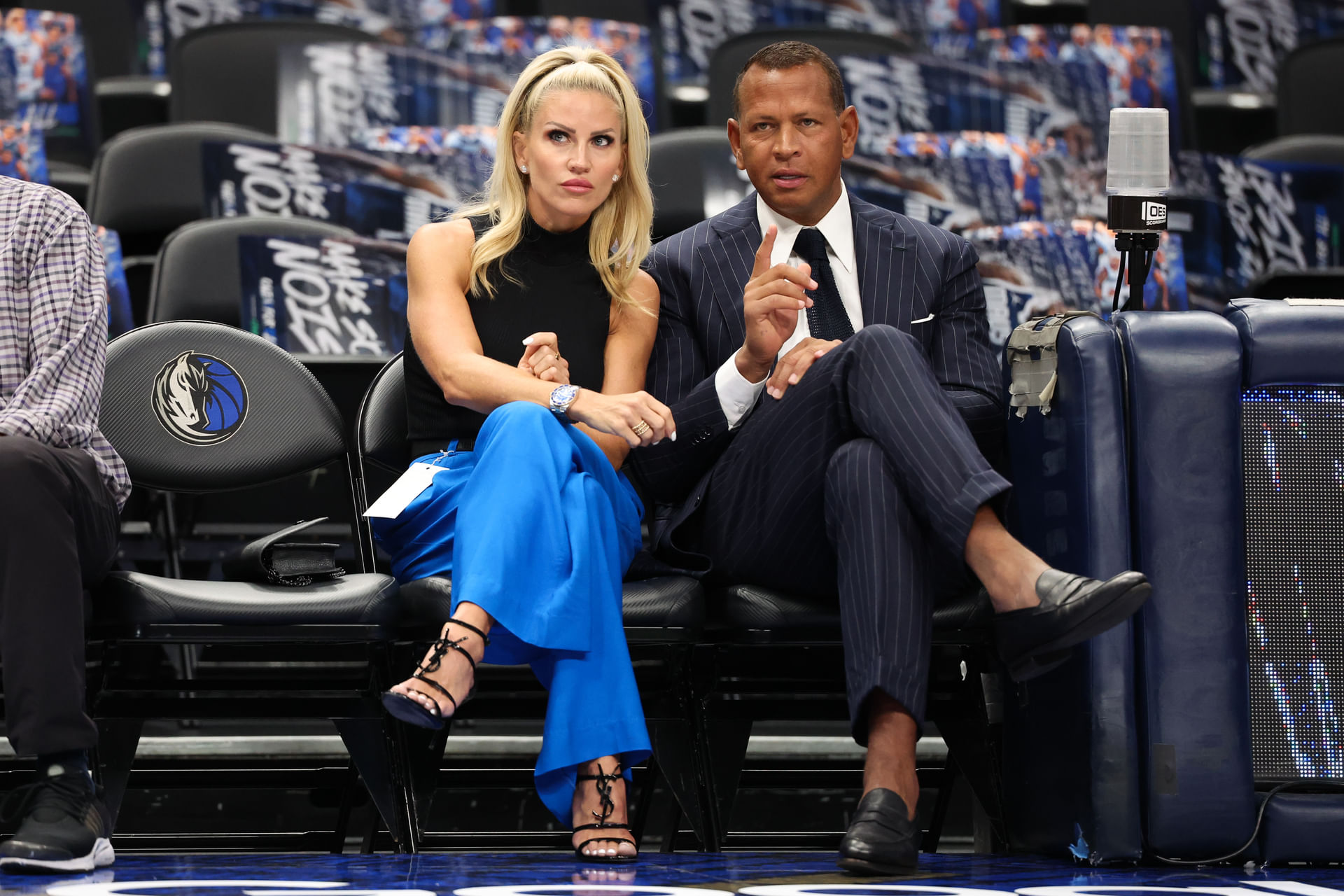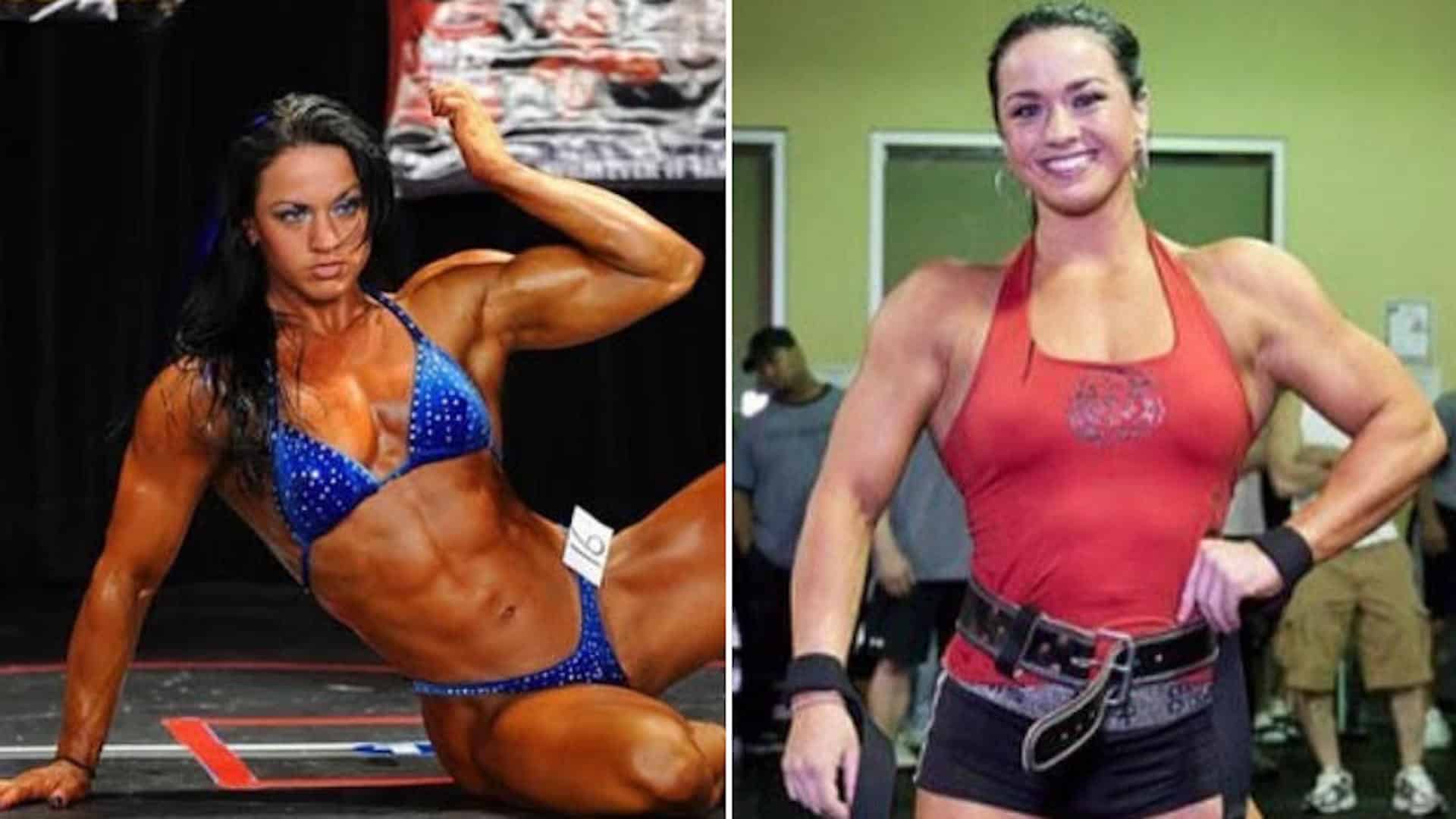Exercise research was back on the science schedule for the Expedition 72 crew on Tuesday ensuring astronauts stay healthy and in shape while living and working in weightlessness. The International Space Station residents also continued a host of other microgravity research exploring robotics, combustion, and more.
Space-caused muscle and bone loss are key concerns for NASA and its international partners planning long-duration crew missions to the Moon, Mars, and beyond. Scientists know that exercising two hours a day, seven days a week aboard the orbital outpost helps offset the effects of long-term weightlessness. However, continuous research is underway to learn how muscles and bones, including the heart and lungs, respond to a variety of space workouts to maximize the benefits of exercising in microgravity as crews spend more time off the Earth.
Flight Engineers Don Pettit and Takuya Onishi, during the first half of their shift, took turns pedaling on an exercise cycle while wearing breathing gear and electrodes attached to their chest inside the Destiny laboratory module. The data collected from the hardware measures the astronauts’ heart and breathing rate to evaluate aerobic capacity, or the bodies’ ability to deliver and use oxygen during strenuous physical activity, in space.
Afterward, Pettit from NASA activated an Astrobee robotic free-flyer and tested its abilities to recognize and respond to hand gestures ahead of a student competition to control the device using computer code. Onishi from JAXA (Japan Aerospace Exploration Agency) opened up Destiny’s Combustion Integrated Rack, adjusted fire safety research gear, and photographed the final configuration for analysis.
NASA Flight Engineer Anne McClain worked out on the advanced resistive exercise device (ARED), located in the Tranquility module, for the CIPHER suite of 14 human research investigations. She performed squats on the ARED that mimics free weights on Earth for the portion of the study assessing any changes to her cardiorespiratory fitness, muscle strength, and endurance due to living in weightlessness.
Next, McClain put on an experimental wearable dosimeter that measures radiation dosages crews are exposed to in real time. Finally, McClain joined NASA Flight Engineer Nichole Ayers and replaced power distribution hardware inside Tranquility at the end of their shift.
Roscosmos cosmonauts Alexey Ovchinin and Ivan Vagner tested the lower body negative pressure suit for its ability to reverse the space-caused flow of body fluids toward a crew member’s head. Results may prevent microgravity-induced head and eye pressure and help crews adjust quicker to the return to Earth’s gravity. Roscosmos Flight Engineer Kirill Peskov spent his shift cleaning ventilation systems, checking radiation detectors, and adjusting oxygen sensors on gas analyzers.
Learn more about station activities by following the space station blog, @space_station and @ISS_Research on X, as well as the ISS Facebook and ISS Instagram accounts.
Get the latest from NASA delivered every week. Subscribe here: https://www.nasa.gov/subscribe




